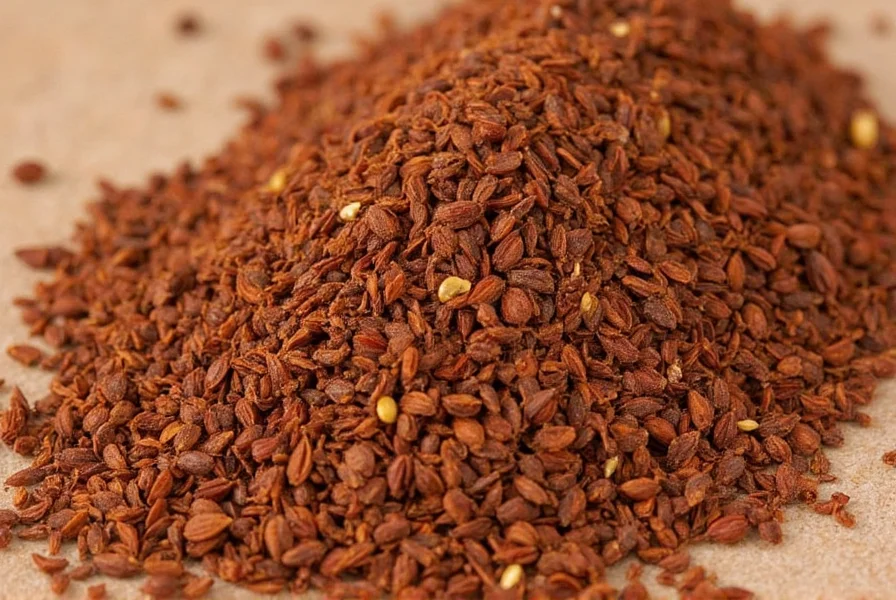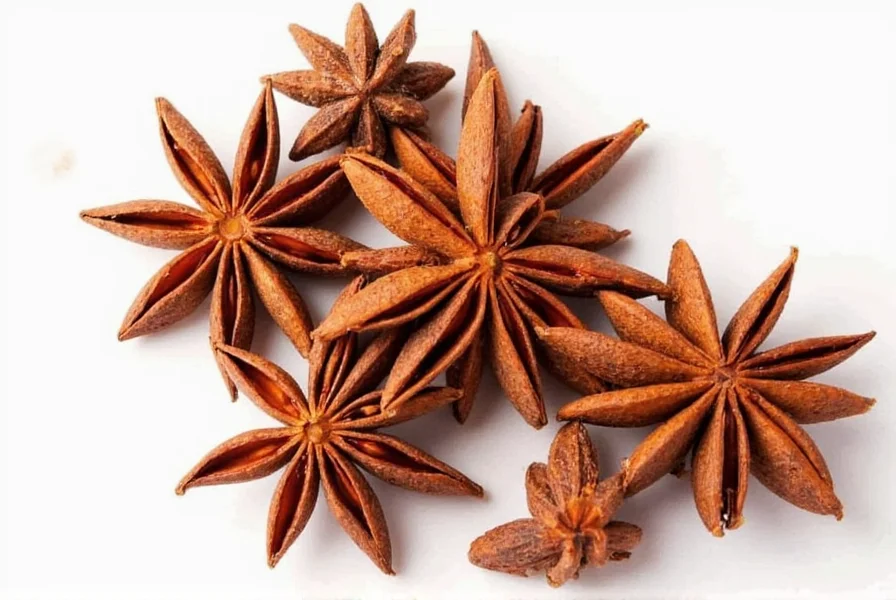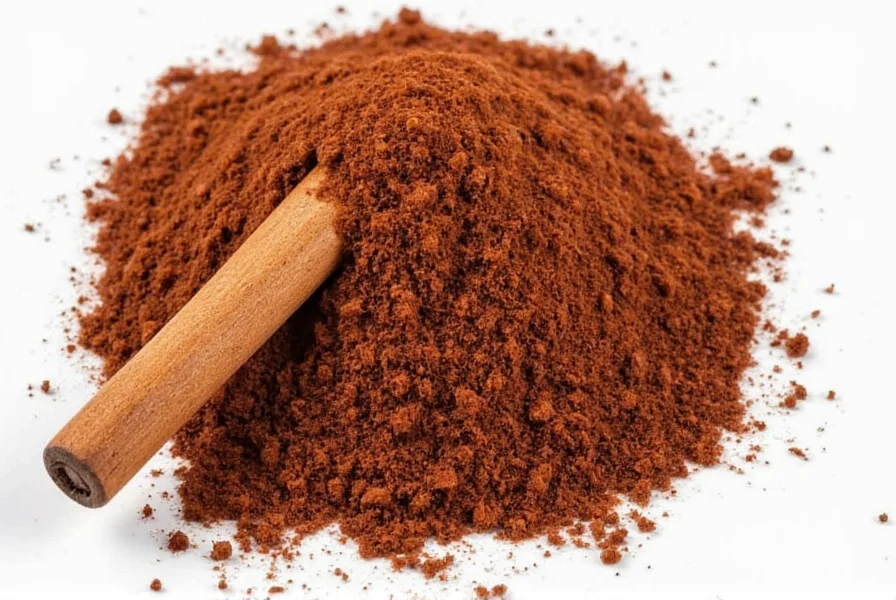Allspice remains one of the most misunderstood ingredients in the culinary world. Many home cooks mistakenly believe it's a pre-mixed spice blend, but this aromatic ingredient is actually the dried unripe berry of an evergreen tree in the myrtle family. Understanding what allspice truly is—and isn't—can transform your cooking and baking results significantly.
What Exactly Is Allspice?
The Pimenta dioica tree, also known as the allspice tree, produces small berries that are harvested while still green and then sun-dried until they turn brown. During the drying process, the berries develop their distinctive complex flavor that combines notes of cinnamon, nutmeg, and cloves. This unique flavor profile explains why early European explorers named it “allspice”—it seemed to contain the essence of multiple spices in one.
Botanically speaking, allspice belongs to the same family as cloves (Myrtaceae), which explains some of its flavor similarities. The scientific name Pimenta dioica reflects its peppery quality (“pimenta” means pepper in Spanish), while “dioica” refers to the plant's separate male and female flowers.

Origin and History of Allspice
Allspice has a rich history dating back to pre-Columbian times when indigenous Taino people of the Caribbean used it extensively. They called it “pimenta” and used it not only for flavoring food but also for medicinal purposes and as a preservative.
When Spanish explorers arrived in the Caribbean, they discovered this versatile spice and brought it back to Europe. The English later named it “allspice” because of its flavor profile that seemed to combine multiple spices. Jamaica quickly became the primary producer of high-quality allspice, a position it still holds today.
Flavor Profile and Characteristics
Allspice delivers a complex flavor that simultaneously evokes:
- Warm cinnamon notes
- Pungent clove-like sharpness
- Earthy nutmeg undertones
- Subtle peppery heat
- Faint hints of juniper
The quality of allspice varies significantly based on origin, with Jamaican allspice generally considered the gold standard due to the island's ideal growing conditions. The volatile oil eugenol gives allspice its characteristic aroma and flavor, comprising about 60-90% of its essential oil content.
| Form | Shelf Life | Flavor Intensity | Best Uses |
|---|---|---|---|
| Whole berries | 3-4 years | Milder, more complex | Slow-cooked dishes, pickling, infusions |
| Ground allspice | 6-12 months | Stronger, more immediate | Baking, rubs, quick sauces |
Culinary Applications Around the World
Allspice features prominently in various global cuisines:
Caribbean Cuisine
Allspice is essential in Jamaican jerk seasoning, where it combines with Scotch bonnet peppers, thyme, and scallions. It's also fundamental in pickling and in traditional dishes like rice and peas.
Middle Eastern Cooking
In Levantine cuisine, allspice appears in meat dishes, rice pilafs, and spice blends like baharat. It's particularly common in Lebanese kibbeh and stuffed vegetables.
European and American Baking
Allspice enhances gingerbread, pumpkin pie, and other fall-inspired baked goods. In Scandinavian cooking, it features in spice cakes and holiday breads.
Proper Storage for Maximum Flavor
To preserve allspice's volatile oils and maintain its complex flavor profile:
- Store whole berries in an airtight container away from light and heat
- Keep ground allspice in a dark glass container with minimal air exposure
- Refrigeration extends shelf life but isn't necessary for short-term storage
- Freeze whole berries for long-term storage (up to 4 years)
Ground allspice loses potency faster than whole berries—typically within 6-12 months. For the most vibrant flavor, consider grinding whole berries as needed using a dedicated spice grinder or mortar and pestle.
Substituting Allspice in Recipes
When you don't have allspice on hand, these combinations can approximate its complex flavor:
- For 1 teaspoon allspice: 1/2 tsp cinnamon + 1/4 tsp nutmeg + 1/4 tsp cloves
- For baking applications: 3/4 tsp cinnamon + 1/4 tsp ground cloves
- For savory dishes: 1/2 tsp cinnamon + 1/4 tsp cloves + pinch of cardamom
Remember that these allspice substitute combinations won't perfectly replicate the unique flavor of genuine allspice, but they can work in a pinch. The whole berry form generally provides superior flavor compared to pre-ground versions.

Popular Recipes Featuring Allspice
Allspice shines in both sweet and savory applications:
Savory Dishes
- Jamaican jerk chicken or pork
- Caribbean rice and peas
- Beef stew with root vegetables
- Spiced lentil soup
- Middle Eastern kibbeh
Sweet Applications
- Pumpkin pie and other squash-based desserts
- Gingerbread cookies and cakes
- Spiced apple crisp
- Chai tea blends
- Winter mulled wine
Measurement and Usage Tips
When working with allspice in recipes:
- Whole berries: Use 4-6 berries per cup of liquid for infusions
- Ground allspice: Start with 1/8 to 1/4 teaspoon per serving
- Remember that allspice intensifies during cooking—add it early in long-cooking dishes
- For baking, combine with other warm spices but don't overdo it
- Always toast whole berries briefly before grinding for maximum flavor
Frequently Asked Questions
Is allspice really a blend of spices?
No, allspice is not a blend but a single spice made from the dried berries of the Pimenta dioica tree. Its name comes from its complex flavor that resembles a combination of cinnamon, cloves, and nutmeg, but it contains none of these actual spices.
What's the difference between Jamaican allspice and other varieties?
Jamaican allspice is considered the highest quality due to the island's ideal growing conditions, which produce berries with a more complex, balanced flavor profile. Mexican and Central American varieties tend to be more eugenol-heavy (clove-like), while Jamaican allspice has better balance between clove, cinnamon, and nutmeg notes.
Can I substitute pumpkin pie spice for allspice?
Pumpkin pie spice contains allspice along with other spices, so it's not a direct substitute. If substituting, use about 3/4 the amount of pumpkin pie spice for allspice called for in a recipe, as it contains additional spices that may alter the flavor balance.
Why does my allspice taste bitter?
Allspice can taste bitter when used in excess or when added too late in the cooking process. It's also possible your allspice has gone stale—ground allspice loses potency after 6-12 months. For best results, use fresh allspice and add it early in cooking to allow flavors to mellow and integrate.
Can I grow my own allspice tree?
Allspice trees require tropical conditions (USDA zones 10-11) with high humidity, consistent warmth, and well-draining soil. They can grow up to 30 feet tall and take 3-5 years to produce berries. While possible to grow in containers in non-tropical climates, fruiting is unlikely outside their native habitat.











 浙公网安备
33010002000092号
浙公网安备
33010002000092号 浙B2-20120091-4
浙B2-20120091-4